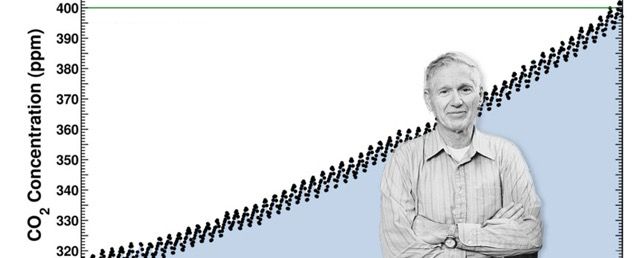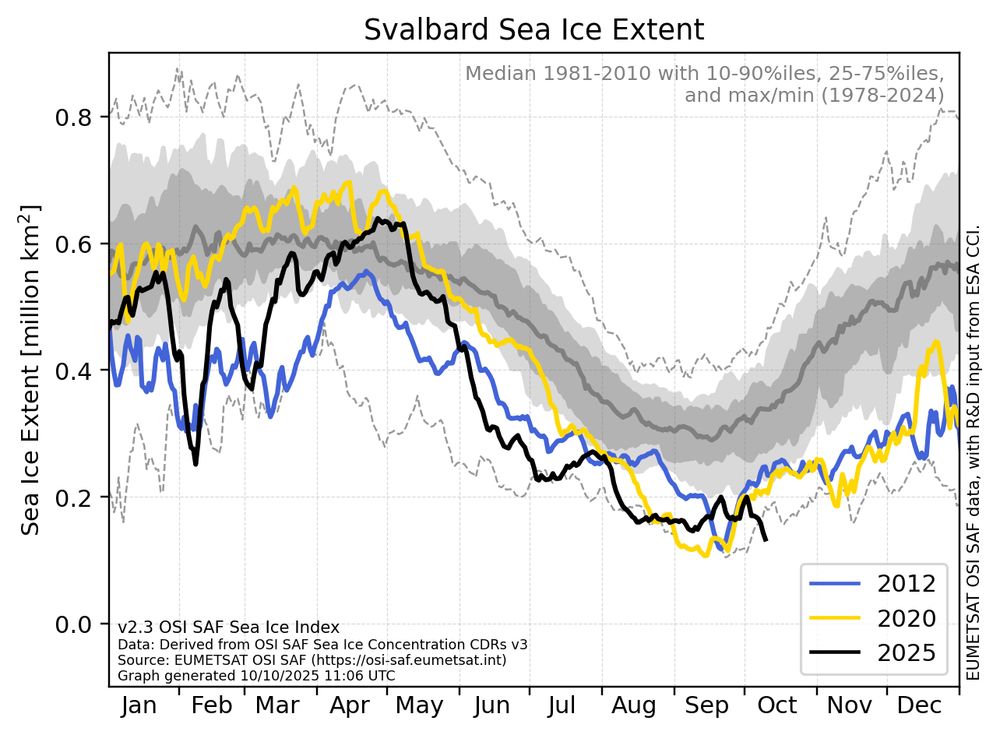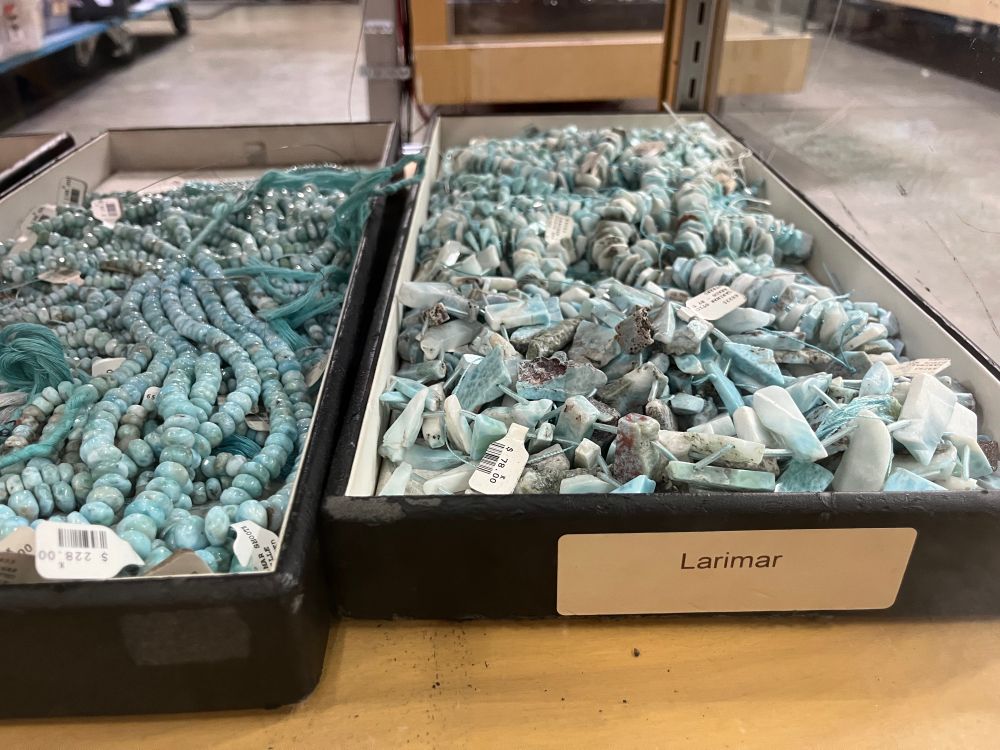Dr. Nina Davtian (she/her/hers)
@ninadavtian.bsky.social
3.9K followers
2.1K following
550 posts
@cnrs-insu.bsky.social researcher at @climatecerege.bsky.social.
Using biomarkers to study climate, ocean, and environment of the past.
@icta-uab.bsky.social alumna.
ORCID: https://orcid.org/0000-0002-3047-6064
🇫🇷 -> 🇪🇸 -> 🇫🇷
Posts
Media
Videos
Starter Packs
Pinned
Reposted by Dr. Nina Davtian (she/her/hers)
Reposted by Dr. Nina Davtian (she/her/hers)
Reposted by Dr. Nina Davtian (she/her/hers)
Reposted by Dr. Nina Davtian (she/her/hers)
Reposted by Dr. Nina Davtian (she/her/hers)
Ian Hall
@ianhall.bsky.social
· 13h

They’re smaller than dust, but crucial for Earth’s climate
Coccolithophores, tiny planktonic architects of Earth’s climate, capture carbon, produce oxygen, and leave behind geological records that chronicle our planet’s history. European scientists are unitin...
www.sciencedaily.com
Reposted by Dr. Nina Davtian (she/her/hers)
Ian Hall
@ianhall.bsky.social
· 13h

Reduced Antarctic Bottom Water overturning rate during the early last deglaciation inferred from radiocarbon records - Nature Communications
Reconstructed radiocarbon ventilation seesaw and reduced Southern Ocean surface reservoir age imply reduced Antarctic Bottom Water overturning parallel to the weakened North Atlantic Deep Water overturning during the early deglaciation.
www.nature.com
Reposted by Dr. Nina Davtian (she/her/hers)
Reposted by Dr. Nina Davtian (she/her/hers)
Reposted by Dr. Nina Davtian (she/her/hers)
Reposted by Dr. Nina Davtian (she/her/hers)
Reposted by Dr. Nina Davtian (she/her/hers)
Reposted by Dr. Nina Davtian (she/her/hers)
Reposted by Dr. Nina Davtian (she/her/hers)
Reposted by Dr. Nina Davtian (she/her/hers)
Reposted by Dr. Nina Davtian (she/her/hers)
Reposted by Dr. Nina Davtian (she/her/hers)
Reposted by Dr. Nina Davtian (she/her/hers)
Reposted by Dr. Nina Davtian (she/her/hers)
Reposted by Dr. Nina Davtian (she/her/hers)
Reposted by Dr. Nina Davtian (she/her/hers)



























